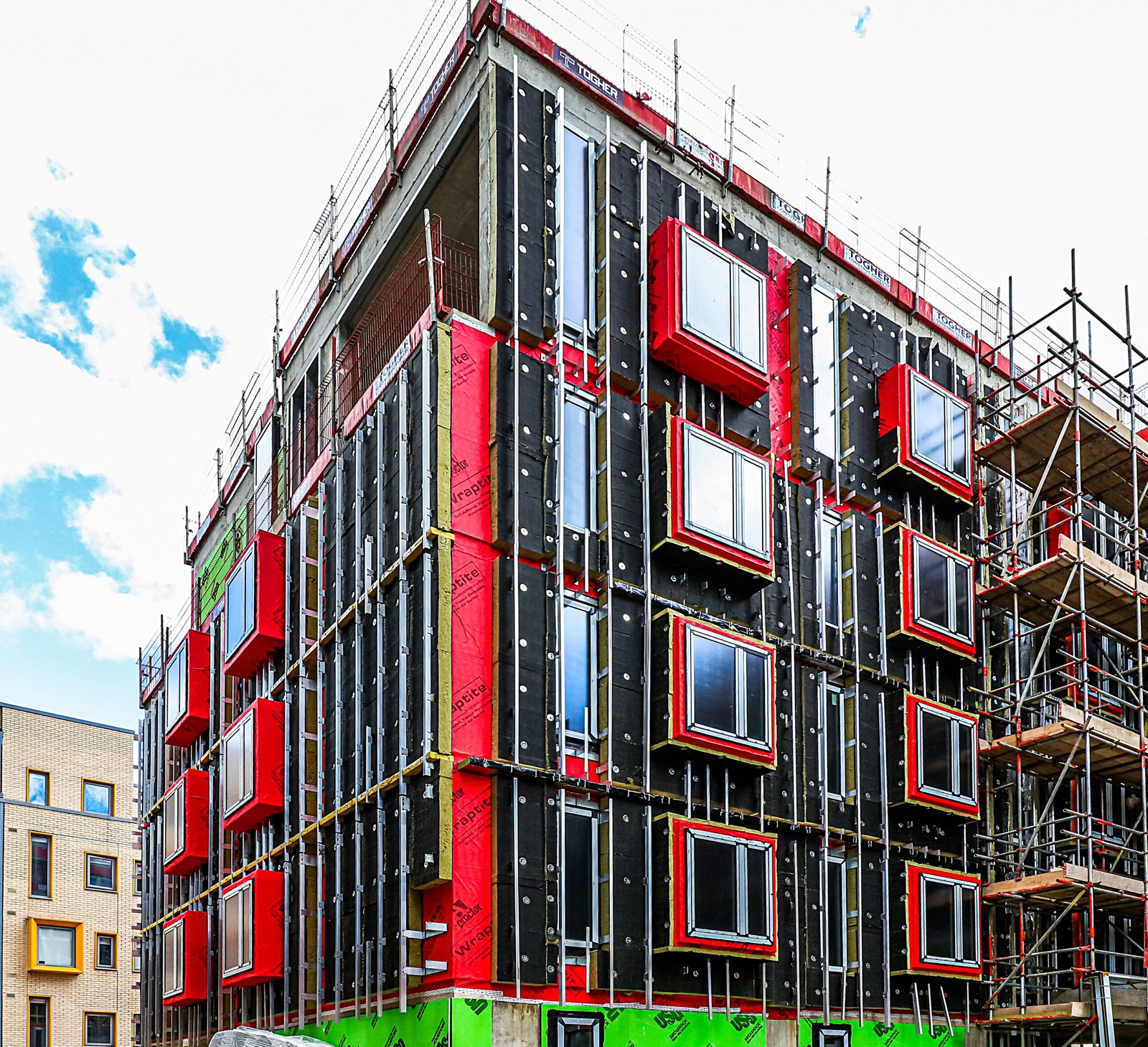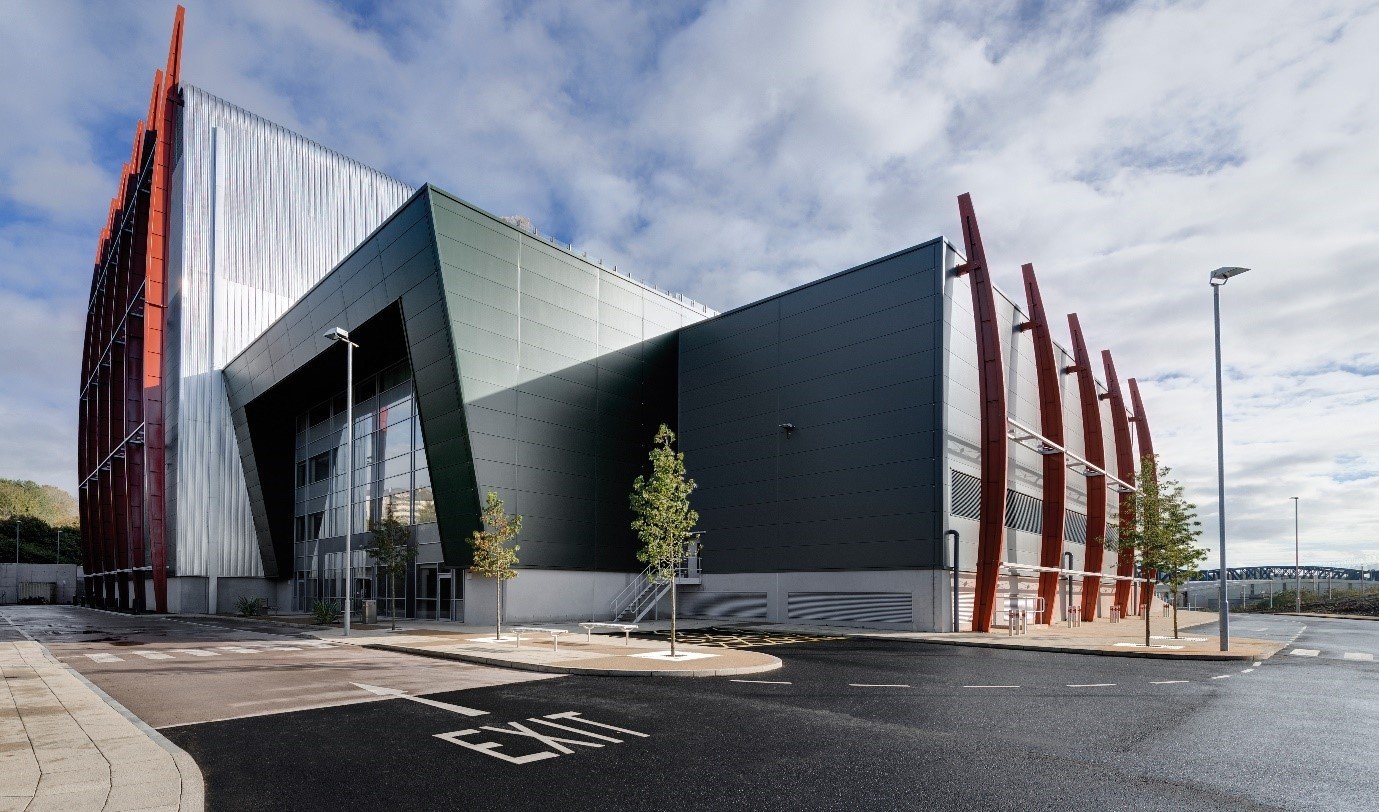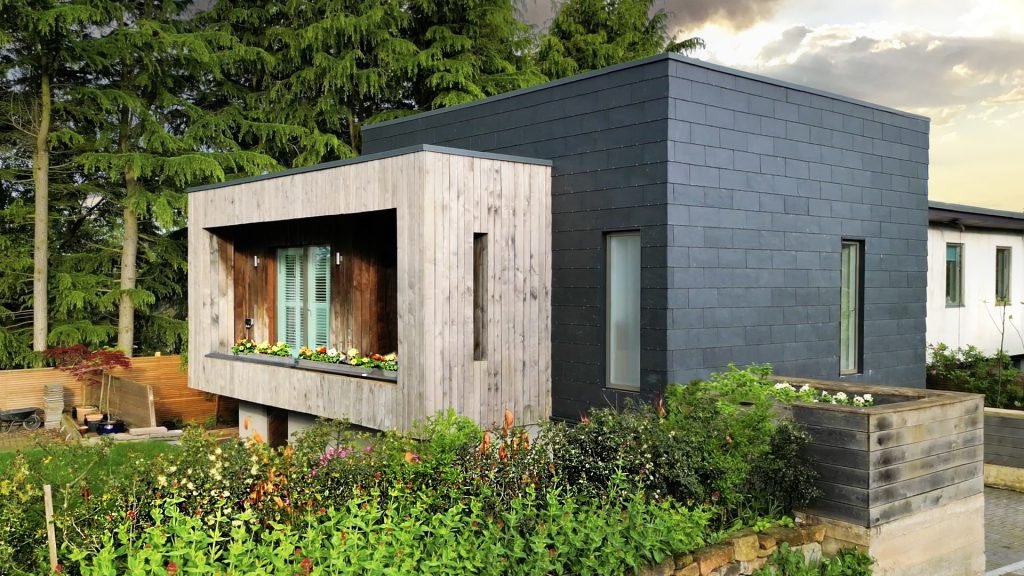Understanding Fire Regulations
In the UK, the aftermath of the Grenfell Tower tragedy has led to a rigorous reevaluation of fire safety standards in building construction, particularly concerning the materials used in façade systems. Regulations now place a heightened emphasis on using materials rated A1 or A2-s1, d0 under the European Classification system, denoting non-combustible materials or those with a very limited contribution to fire. Navigating these regulations requires a thorough understanding of material classifications and a commitment to compliance throughout the design and construction process.
Innovations in Fire-Resistant Materials
The quest for materials that combine aesthetic appeal with fire safety has led to significant innovations. Metal composites with fire-retardant cores, non-combustible fibre cement panels, and treated timber products are among the advancements offering safer alternatives for rainscreen cladding. These materials not only meet stringent fire safety standards but also provide the durability and design flexibility required for modern architectural projects.
Design Strategies for Enhanced Fire Safety
Beyond material selection, design strategies play a crucial role in enhancing the fire safety of buildings with rainscreen cladding. This includes the incorporation of fire breaks and barriers within the cladding system to prevent the spread of flames and smoke. Additionally, careful consideration of the cladding’s installation and detailing can mitigate fire risks, such as ensuring proper ventilation in the cavity space to prevent the build-up of heat.
The Role of Testing and Certification
To ensure compliance with fire safety regulations, materials and cladding systems must undergo rigorous testing and certification processes. This involves assessing their performance in terms of reaction to fire and resistance to fire. Third-party certification bodies play a vital role in this process, providing an independent verification of a product’s fire safety credentials. Selecting certified materials and systems is essential for compliance and peace of mind.
Collaboration and Compliance
Achieving fire safety in rainscreen cladding projects is a collaborative effort involving architects, specifiers, contractors, and manufacturers. Open communication and collaboration at every stage of the project—from design to installation—are key to ensuring that fire safety considerations are integrated and adhered to. Additionally, staying informed about the latest regulatory changes and industry best practices is essential for maintaining compliance and safeguarding against fire risks.
Conclusion: Prioritising Safety and Compliance
As the construction industry continues to evolve, the importance of fire safety in rainscreen cladding remains paramount. Innovations in materials and design, coupled with stringent regulations, are driving the development of safer, more resilient buildings. By prioritising fire safety and compliance, professionals can protect occupants and assets, while also advancing the architectural excellence of their projects.






